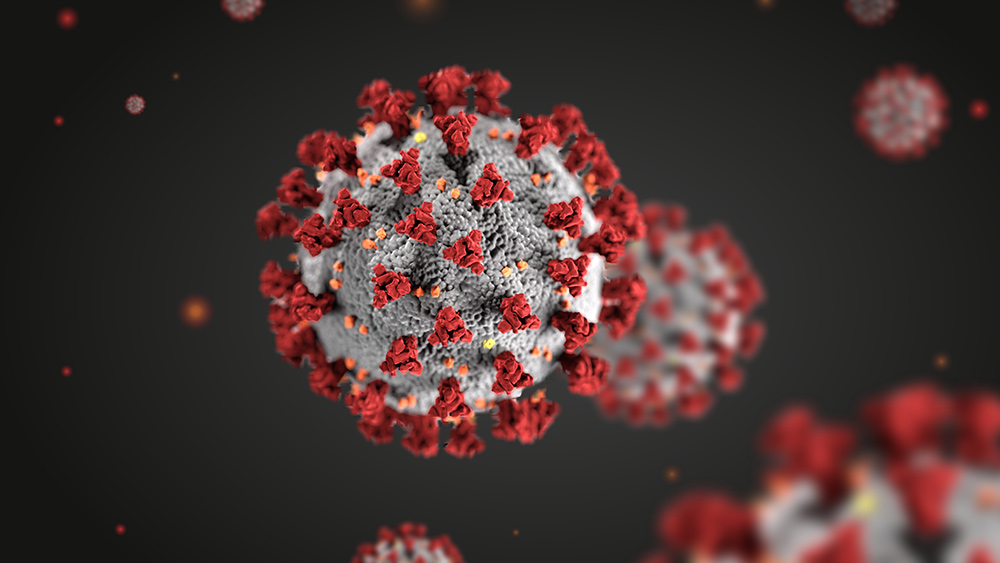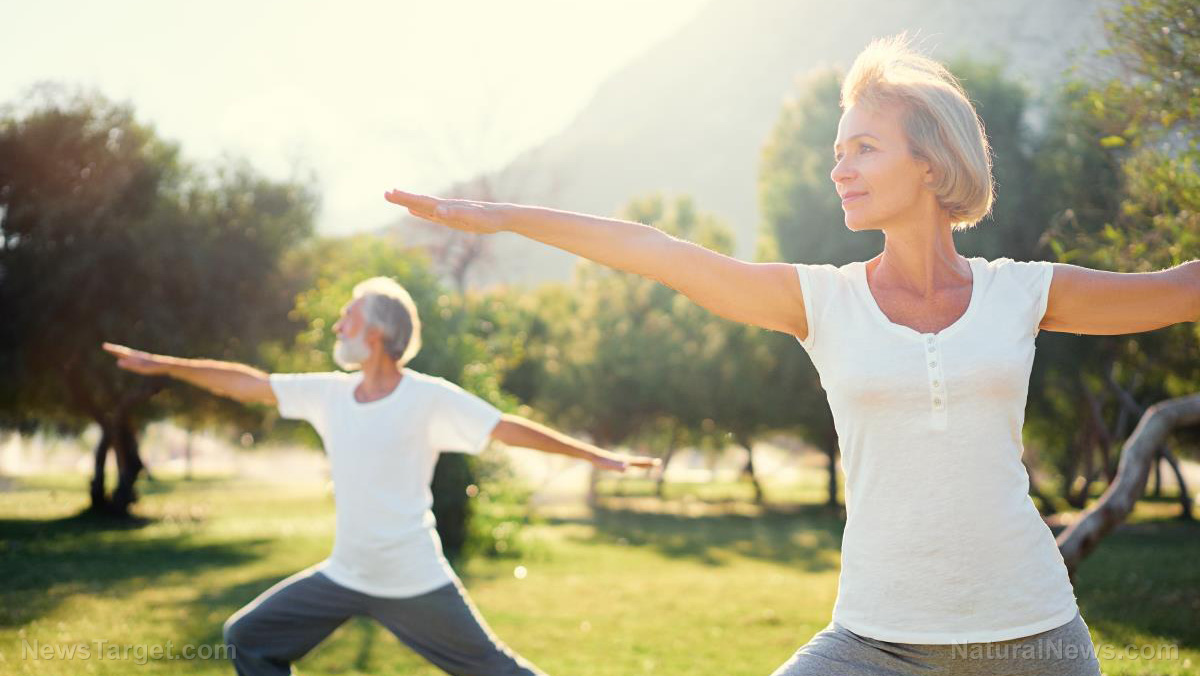Coronavirus can easily spread at the gym: Exercise outdoors instead, advise experts
06/18/2020 / By Zoey Sky

As coronavirus (COVID-19) lockdowns in America stretched from weeks to months, people were forced to adapt to the “new normal.” Several businesses allowed employees to telecommute; more people learned to cook; and others stayed active by exercising at home.
However, as states reopen throughout the country, some gyms and fitness centers have started welcoming clients back. If you’re eager to resume your gym routine pre-pandemic, health experts recommend working out at home or outdoors to ensure that you don’t catch the infectious disease in public areas like your local gym.
Don’t risk your health – exercise at home
If you must go back to the gym, health experts recommend protecting yourself with four important habits:
- Wear a face mask
- Practice physical distancing
- Wash hands often
- Exercise outdoors whenever possible
Researchers are worried about the surge of people returning to gyms because the Wuhan coronavirus can spread easily in public areas through the air via respiratory droplets. The risk of infection is high, particularly in confined spaces like fitness centers.
In a study published in the journal Emerging Infectious Diseases, scientists from South Korea cautioned against exercising in confined spaces like gyms.
The scientists analyzed a confirmed case of COVID-19 and traced consecutive confirmed cases back to a nationwide fitness dance class.
The researchers verified 112 coronavirus cases linked to dance workout classes throughout 12 different facilities. It appeared that the moist, warm air and “turbulent airflow” from exercising create an environment that allowed the droplets to spread easily.
Robert Glatter, an emergency medicine physician at Lenox Hill Hospital in New York City, noted that aerosolized droplets can remain airborne for at least three hours. This makes the potential for spread in crowded and confined spaces, like gyms and fitness centers, problematic.
The size and intensity of a fitness class also affect coronavirus transmission. Study findings showed that the transmission was detected in fitness classes that went on for at least 50 minutes.
These classes were held in a studio that measured at least 645 square feet, with a class made up at least of five to 22 people.
Glatter added that people breathe harder when they work out, and this is the main way that coronavirus spreads from person to another. As you breathe more rapidly and more deeply, you expel more droplets.
What’s more alarming is even if you don’t experience any symptoms, you can still spread coronavirus.
Dr. Anne Liu, an infectious disease physician with Stanford Health Care, explained that people are most infectious the day before, day of and several days after developing symptoms. She added that you can still transmit the virus several days before symptoms appear.
Glatted noted that if you are asymptomatic or presymptomatic, you can expel viral particles into the air through droplets that can become aerosolized. This increases the potential of transmission in crowds in “hot and crowded fitness studios with poor air circulation.” (Related: 25% to 50% of patients still spread the coronavirus even while they are ASYMPTOMATIC.)
If you want to exercise, do it outdoors
Liu recommends exercising outdoors, adding that fitness centers with access to outdoor space should consider hosting fitness classes outside.
Unlike in gyms, your risk of getting infected with coronavirus is lower because the coronavirus particles can disperse more quickly outside. But even if you find an outdoor fitness class, you need to stay six feet away from other people.
Participants should bring their own equipment while instructors are advised to limit the number of people in the group.
Exercising outdoors doesn’t mean you won’t get sick, but it reduces your risk of getting exposed to viruses in the air.
How to stay safe at the gym
Liu warned that everyone needs to grade their own risk.
Check local transmission in your area. If your city is experiencing more outbreaks, you have a higher risk.
Confirm what local health authorities are saying about community spread. Think of your own underlying health conditions and age, and if it’s safe for you to be in confined spaces with others.
Before you head back to your gym, follow these tips to protect yourself and your loved ones at home.
- Use options for online reservations and check-in systems if they are available.
- Use facilities with outdoor space or options for virtual classes and training sessions whenever possible.
- Limit attendance at indoor group training sessions and maintain as much distance as you can between yourself and other participants. If your classes take place indoors, open windows to increase airflow throughout the room.
- Check if the gym is implementing extra prevention practices, like plexiglass barriers, staff wearing face masks and closing of shared locker room space.
- Practice proper handwashing.
- Bring your own equipment when possible and don’t share equipment that can’t be cleaned, sanitized or disinfected between use, like resistance bands.
- Disinfect any communal weights, machines and mats before and after using them.
- Use hand sanitizer that contains at least 60 percent alcohol before using machines at the gym.
- Wear a face mask while exercising. Be careful if you wear a mask while doing high-intensity workouts, which may interfere with your activity.
- Maintain at least six feet of distance in areas that may lead to close contact with others, like courts, fields, fitness centers, pools, saunas, weight rooms and treadmills. This also includes locker rooms, check-in areas, parking lots and entrance and exit routes.
- Don’t shake hands or touch others.
It’s tempting to resume your workout habits with the lifting of lockdown measures, but while coronavirus continues to spread, particularly in confined spaces, the best thing to do is to exercise outdoors or in the safety of your own home.
Sources include:
Tagged Under: China, coronavirus, coronavirus carriers, exercise, fitness, gym, infections, outbreak, pandemic, prevention, protective measures, Public Health, slender, social distancing, superbugs, viral infection, virus, workouts



















